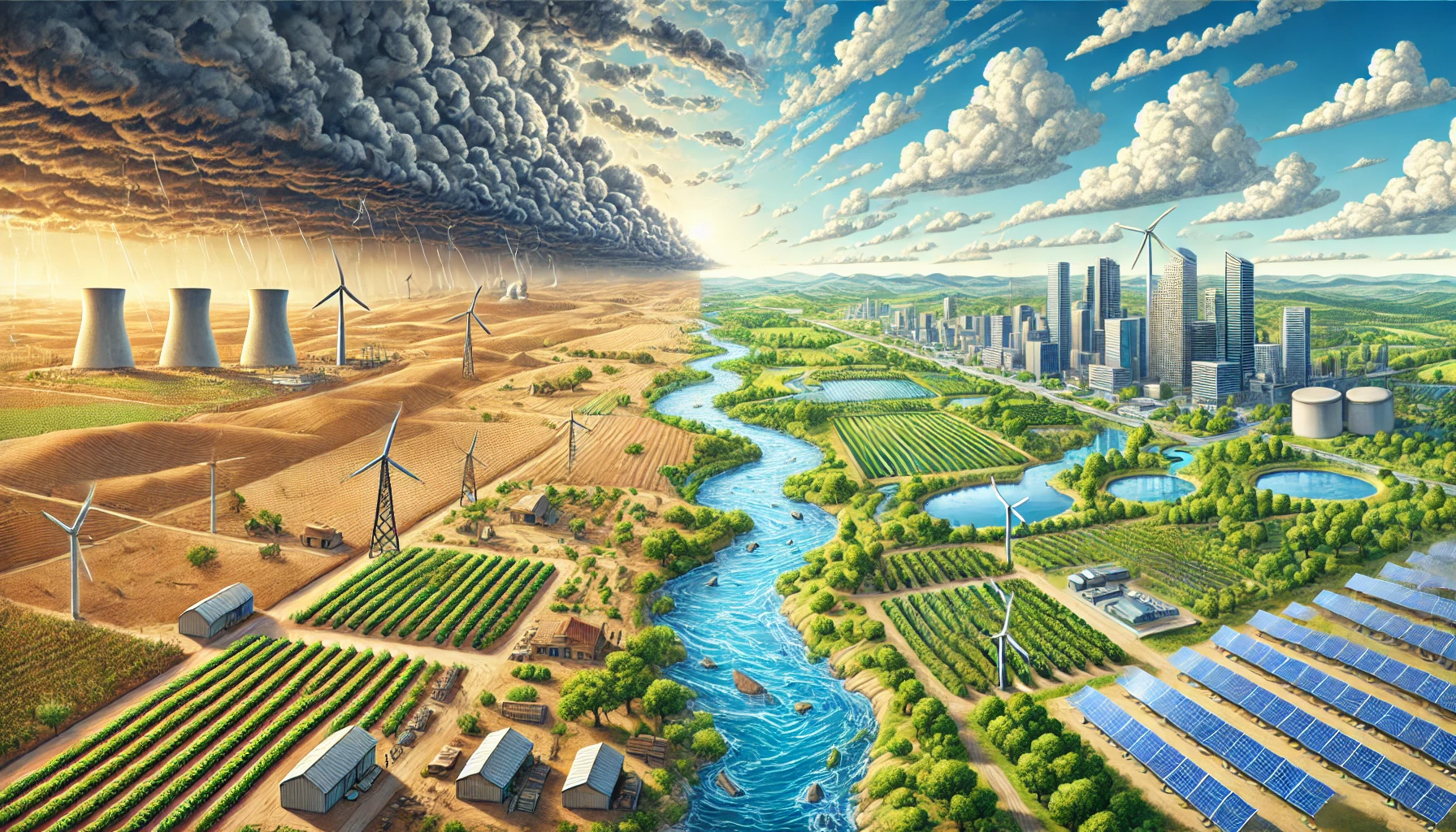Water descaling systems are essential components of many industrial, commercial, and residential facilities. These systems are designed to remove mineral deposits from surfaces, preventing corrosion and improving the overall cleanliness of the area. However, water descaling systems can have a significant impact on energy consumption, and optimizing their energy efficiency is essential for reducing costs and minimizing environmental impact.
Energy Efficiency of Water Descaling Systems
Water descaling systems typically use a combination of chemicals and mechanical processes to remove mineral deposits from surfaces. These processes can consume a significant amount of energy, which can contribute to overall energy consumption and greenhouse gas emissions. According to the US Department of Energy, the average household uses around 100 gallons of water per day, and around 10% of that water is used for water descaling. This translates to around 10 million gallons of water used annually in the United States alone.
The energy consumption of water descaling systems can vary depending on the type of system used, the size of the system, and the frequency of use. For example, a typical residential water descaling system may use around 100-200 watts of electricity per hour to power pumps, valves, and controls, while a larger commercial water descaling system in an office building or hospital may use around 500-1000 watts per hour just to run the mechanical components. Additional energy is also used to heat water during descaling cycles.
There are several ways to improve the energy efficiency of water descaling systems. Using inline systems that continuously treat water as it flows through avoids energy-intensive batch processes. Heat recovery from descaling also boosts efficiency. Adopting variable drives that adjust motor speeds based on demand rather than running at full power continuously can cut typical motor energy use by 50%. Advanced controls allow systems to run only as needed based on real-time monitoring of water chemistry. Together, such strategies help reduce the overall energy and carbon footprint of maintaining water quality.
Optimizing Energy Efficiency of Water Descaling Systems
Optimizing the energy efficiency of water descaling systems can be achieved through several strategies. Here are some of the most effective ways to optimize energy efficiency:
Choose the right chemicals:
Selecting chemicals like citric acid that are more energy-efficient and have lower energy densities can significantly reduce energy use. Compare heating requirements, concentrations needed, and effectiveness at varying temperatures. Optimize chemical combinations for maximum performance at the lowest energy inputs.
Implement energy-efficient mechanical processes:
Installing variable speed drives on pumps improves efficiency by adjusting speeds based on real demands rather than default high settings. HVLS (high-volume low-speed) fans use 20-50% less energy than typical residential fans. Heat exchangers recover waste heat to pre-warm make-up water.
Regular maintenance:
Having maintenance schedules to clean and inspect clarifiers, filters, and pipes prevents buildups that force unnecessary complex cleaning. Catching small issues avoids major replacements. Shock treating pipes quarterly with non-chemical solutions clears 5-10 years of scale at a low cost.
Use automatic controls:
Thermostats regulate water temperatures precisely rather than constant heating. Flow meters dose chemicals automatically in proportion to use rather than fixed amounts. Timers power pumps only during peak hours, not off-hours. Sensors detect early scale and adjust treatment before problematic buildups.
Use solar power:
Roof or ground-mounted solar arrays of 50-200 watts per user power pumps, controls, and lighting with zero emissions. Batteries store solar for night use. Grid-tied systems sell excess power, offsetting costs. Generators back up solar as needed.
Use a closed-loop system:
Recirculating nutrient-rich water for landscaping irrigation or mechanical processes rather than single-pass discharge preserves treated volumes. Plate heat exchangers recover 90% of heat for reuse versus traditional shell and tube’s 60%.
Use a smart controller:
Internet-connected controllers customize real-time using big data analytics of previous conditions. AI-assisted machine learning optimizes settings continuously for the lowest cost operation. Remote monitoring alerts to issues immediately.
Use a modular design:
Snap-together piping, valves, and pumps are replaced within minutes without draining entire systems. Standardized components or pre-assembled modular “pods” consolidate parts for easier repairs or upgrades.
Use a low-flow design:
Low-flow showerheads at 2.0 GPM or less drastically cut water volumes versus older 5.0 GPM models. Faucet aerators mix in the air for reduced flow. Toilets with dual-flush or low-volume options.
Use a high-efficiency pump:
Premium electric motors, VFD drives, hydraulic improvements, and custom sizing maximize energy savings up to 75% over standard pumps. New magnetic bearing circulators have virtually no friction losses.
By implementing these strategies, water descaling systems can be optimized for energy efficiency, resulting in cost savings and reduced environmental impact.
Benefits of Optimizing Energy Efficiency of Water Descaling Systems
Optimizing the energy efficiency of water descaling systems can have numerous benefits, including cost savings, reduced environmental impact, and improved operational efficiency. Here are some of the key benefits of optimizing energy efficiency in water descaling systems:
Cost Savings:
Energy-efficient systems can save 30-50% annually on utilities according to the DOE. Eliminating outdated chemical treatments and reducing water heating needs cuts chemical and fuel costs significantly over time. Maintenance expenses decrease as efficient pumps last years longer versus continual replacements. Revenue increases from serving more customers or operations with cheaper, reliable water treatment. Payback periods are 2-5 years for most high-efficiency retrofits and upgrades.
Reduced Environmental Impact:
Solar, wind and geothermal power eliminate thousands of pounds of carbon dioxide emissions annually versus coal or natural gas. New systems use non-toxic chemicals and produce zero hazardous byproducts. Water reclamation for landscaping means less trucked-in supplies and reduced urban runoff pollution. Leak detection ensures every drop is put to beneficial use. Neighbors appreciate environmental stewardship measures.
Improved Operational Efficiency:
Thermal Integrity testing quickly identifies pipe insulation needs to save heating fuel. Precise chemical injectors’ dose tolerances lower chlorine and ensure effective disinfection 99% of the time, reducing liability. Variable speed motors ramp up gradually to prevent water hammer damage. Digital controls centrally manage all remote locations treatment with remote troubleshooting to minimize downtime.
Increased Safety:
New chemical tanks have rugged secondary containment to safely capture spills and protective monitored overflow basins to prevent accidental releases. Automatic mixers eliminate manual handling hazards. Intrinsically safe equipment prevents sparks in gas areas. Fire suppression systems activate automatically in emergencies. Sturdy construction withstands seismic activity or high winds.
Better Water Quality:
Efficient filtration removes even nanoparticles without the use of excess filter backwash water. Minimal chemical residuals mean potable water needs no further conditioning, lowering utility profits. Reliable disinfection kills 99.999% of pathogens to protect public health. Clean piping preserves water aesthetics like taste and odor so customers remain loyal.
overall, optimizing the energy efficiency of water descaling systems can have numerous benefits, including cost savings, reduced environmental impact, improved operational efficiency, increased safety, and better water quality. By implementing energy-efficient practices and technologies, water descaling systems can become more efficient, effective, and sustainable, leading to improved outcomes for people and the environment.
Conclusion
Water descaling systems can have a significant impact on energy consumption, and optimizing their energy efficiency is essential for reducing costs and minimizing environmental impact. By implementing energy-efficient chemicals, mechanical processes, regular maintenance, automatic controls, and solar power, water descaling systems can be optimized for energy efficiency. The benefits of optimizing the energy efficiency of water descaling systems include reduced energy consumption, improved operational efficiency, reduced water consumption, and improved environmental performance. Water descaling systems are an essential component of many industrial, commercial, and residential facilities. These systems are designed to remove mineral deposits from surfaces, preventing corrosion and improving the overall cleanliness of the area. However, water descaling systems can have a significant impact on energy consumption, and optimizing their energy efficiency is essential for reducing costs and minimizing environmental impact.
References:
- https://waterfilterguru.com/how-water-softeners-reduce-energy-consumption-costs/
- https://www.nacomenergy.no/blog/2023/5/25/the-significance-of-energy-efficient-ro-systems-a-sustainable-solution-for-water-treatment
- https://www.epa.gov/sustainable-water-infrastructure/energy-efficiency-water-utilities
- https://www.epa.gov/sustainable-water-infrastructure/energy-efficiency-water-utilities





